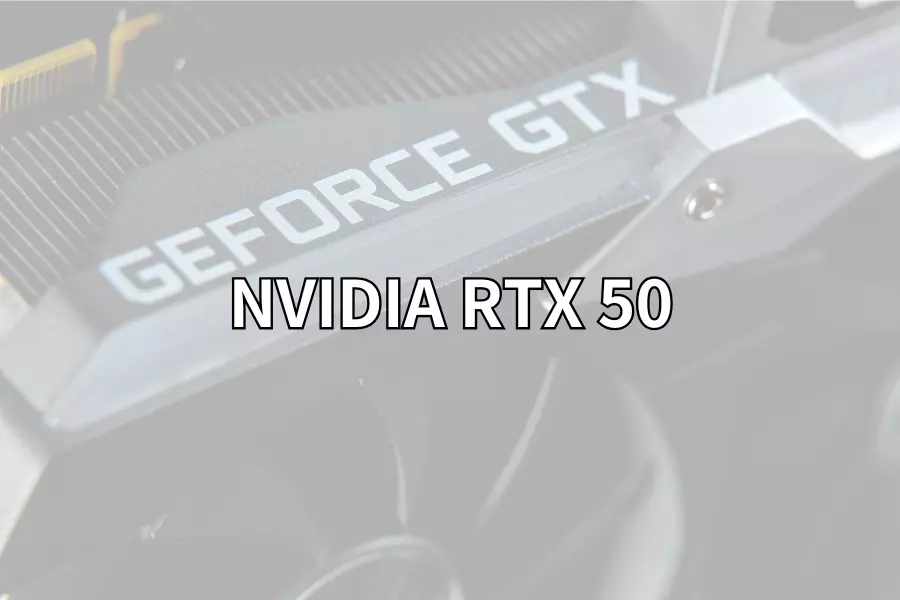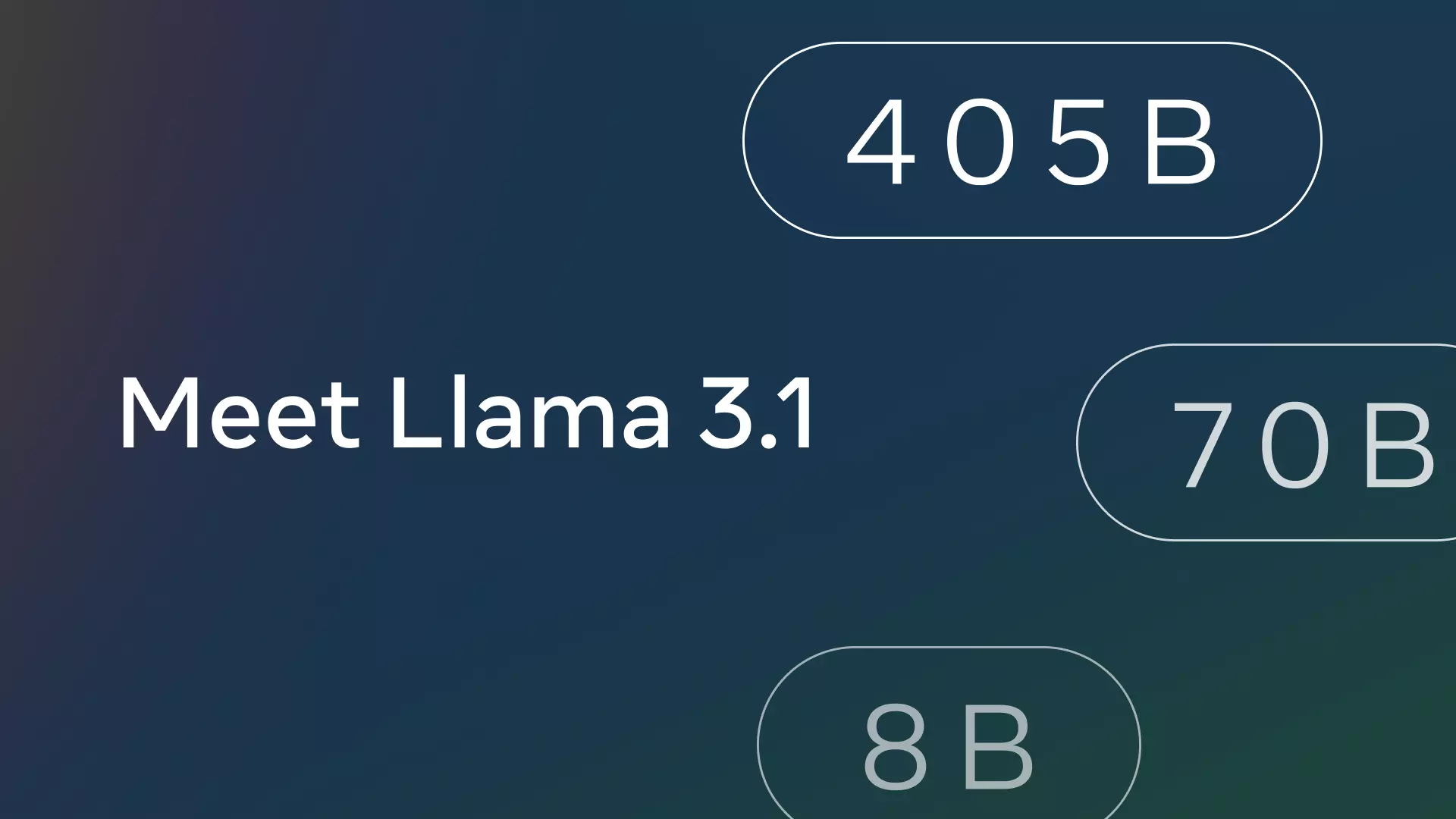Nari Labs Dia Model: Hearing the Future? Ultra-Realistic AI Dialogue Generation Arrives!
Tired of stiff, robotic AI voices? Meet Dia from Nari Labs! This 1.6 billion-parameter text-to-speech (TTS) model can generate amazingly lifelike dialogues—complete with laughter, coughs, and emotion control. Say hello to the latest open-source rising star!
Have you noticed that today’s AI seems to do everything—until it has to talk? The moment it speaks, something still feels… well… fake. Especially when you want an AI to carry on a natural conversation: the pauses, the flat intonation, the lack of emotional ups and downs all break the illusion. Making a machine speak with true warmth and interactivity is no easy feat.
But a brand-new gadget from Nari Labs, called dia, might be about to change that.
So, what makes Dia special?
dia—officially the Nari Labs Dia 1.6B—packs 1.6 billion parameters (that’s huge!). Its killer feature is its ability to generate an entire, highly realistic dialogue straight from a text script.
That’s quite different from many traditional TTS systems, which often stitch together words or sentences one by one. Dia’s philosophy is “all at once”: produce a self-contained conversation that sounds like real people interacting.
Even better, you can feed Dia a reference audio clip to guide the emotional tone or delivery. Give it a “template” and it will know you want something happy, sad, or maybe a touch sarcastic. Imagine the boost this gives to audiobooks, game voice-overs, or interactive virtual characters!
And Dia doesn’t just talk—it can mimic non-verbal vocal cues too: natural laughter, a quick throat-clear, even an unintended cough. Those tiny details are often what separates “machine-like” from “human-like.”
Want to try it yourself? No problem!
To accelerate research, Nari Labs has openly released Dia’s pretrained weights on Hugging Face, along with inference code. If you have the right setup, you can start experimenting right away.
- Online Demo: The fastest route is their ZeroGPU demo on Hugging Face Spaces—no powerful hardware needed. Give it a spin here: Dia 1.6B ZeroGPU Demo.
- Hear Comparisons: Curious how Dia stacks up against popular models like ElevenLabs or Sesame CSM-1B? Check the comparison demo page.
- Join the Community: Have questions or want the latest updates? Hop into their Discord server.
- Looking for something bigger? Nari Labs hints at a larger, more capable version on the way—think richer dialogues and mixed-audio content. Join the early-access waitlist if you’re interested.
A bit of tech: what you should know
While Dia’s aim is high-quality audio, a few technical notes matter:
- Hardware: They recommend a GPU environment; tests were done on PyTorch 2.0+ with CUDA 12.6. (But the ZeroGPU demo lets you preview without one.)
- How to use it:
- A Gradio UI is provided for quick hands-on testing.
- You can import it as a Python library and call the
generate function directly.
- Upcoming plans include a PyPI package and a ready-to-run CLI tool for even smoother workflows.
- Language support: Unfortunately, Dia currently supports English only. Fingers crossed for more languages soon!
Important, important, important: use responsibly!
Technology is as human as the people wielding it—and can be misused. While open-sourcing Dia, Nari Labs stresses clear boundaries:
- License: Dia is released under the permissive Apache License 2.0.
- Primary intent: The project is published for research and educational purposes.
- Strictly forbidden: The team prohibits any abuse, especially:
- Generating audio that imitates a real person’s voice without their explicit consent.
- Creating deceptive, misleading, or harmful content.
In short: use this tool for meaningful exploration and research, not wrongdoing.
Frequently Asked Questions (FAQ)
-
Q: What exactly is the Dia model?
A: Dia is a 1.6 billion-parameter TTS model from Nari Labs, designed to produce highly realistic dialogue audio, not just single-sentence narration.
-
Q: How is it different from other TTS models?
A: Dia generates a natural conversational flow in a single pass, lets you control emotion/tone with reference audio, and even adds non-speech sounds like laughter and coughs for greater realism.
-
Q: Can I control the emotion of the generated speech?
A: Yes! Provide an audio clip with the desired emotion, and Dia will mimic a similar mood or tone.
-
Q: Is the model free?
A: The model is open-sourced under Apache 2.0 for research and education. You can download the weights and code from Hugging Face at no cost.
-
Q: Does Dia support Chinese?
A: Sadly, English only for now.
-
Q: Are there ethical concerns?
A: Absolutely. Nari Labs bans unauthorized voice cloning and any deceptive or harmful use. Responsible usage is critical.
To wrap up: Is the future of dialogue already here?
Nari Labs’ Dia opens thrilling possibilities in text-to-speech. Its prowess in natural conversation, emotional control, and non-verbal cues signals a major leap forward for AI voices.
Yes, it’s English-only for the moment, and ethical guidelines are non-negotiable. But by open-sourcing Dia, the team hands researchers, developers, and creators a powerful new tool.
Can AI really learn—and replicate—the warmth of human dialogue? Dia offers a tantalizing glimpse. If you’re curious, try the demo or join the community and watch what comes next!






